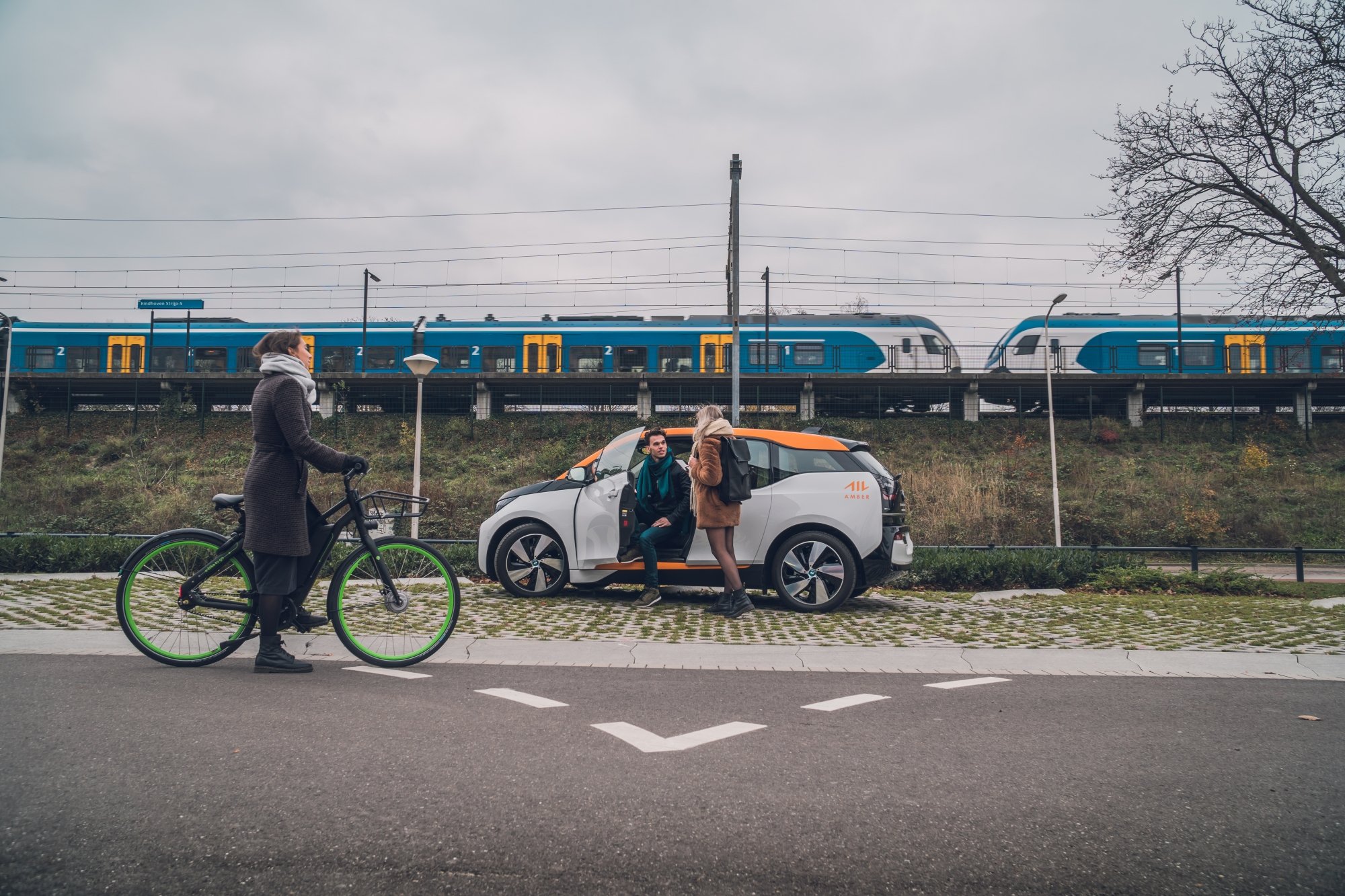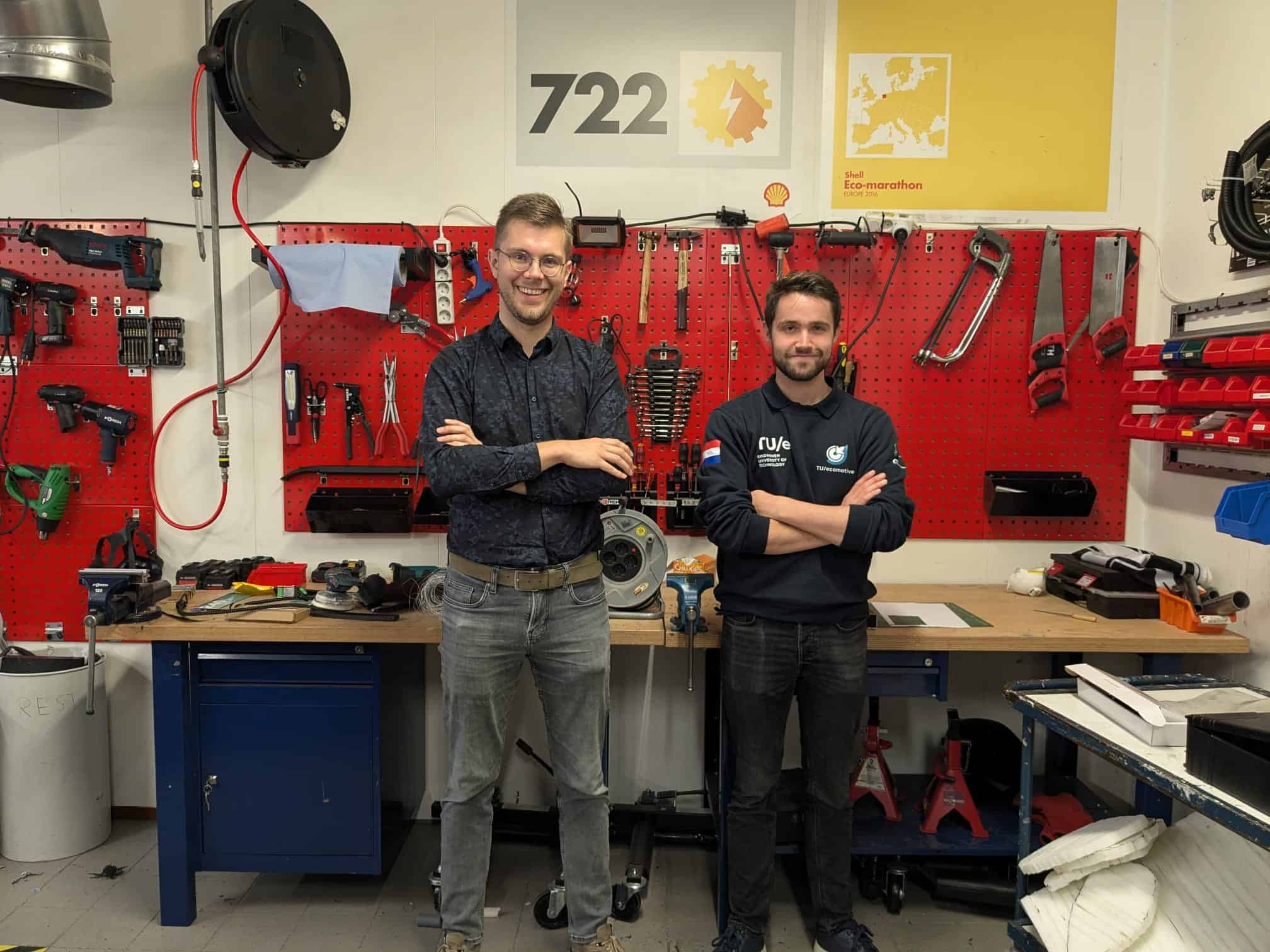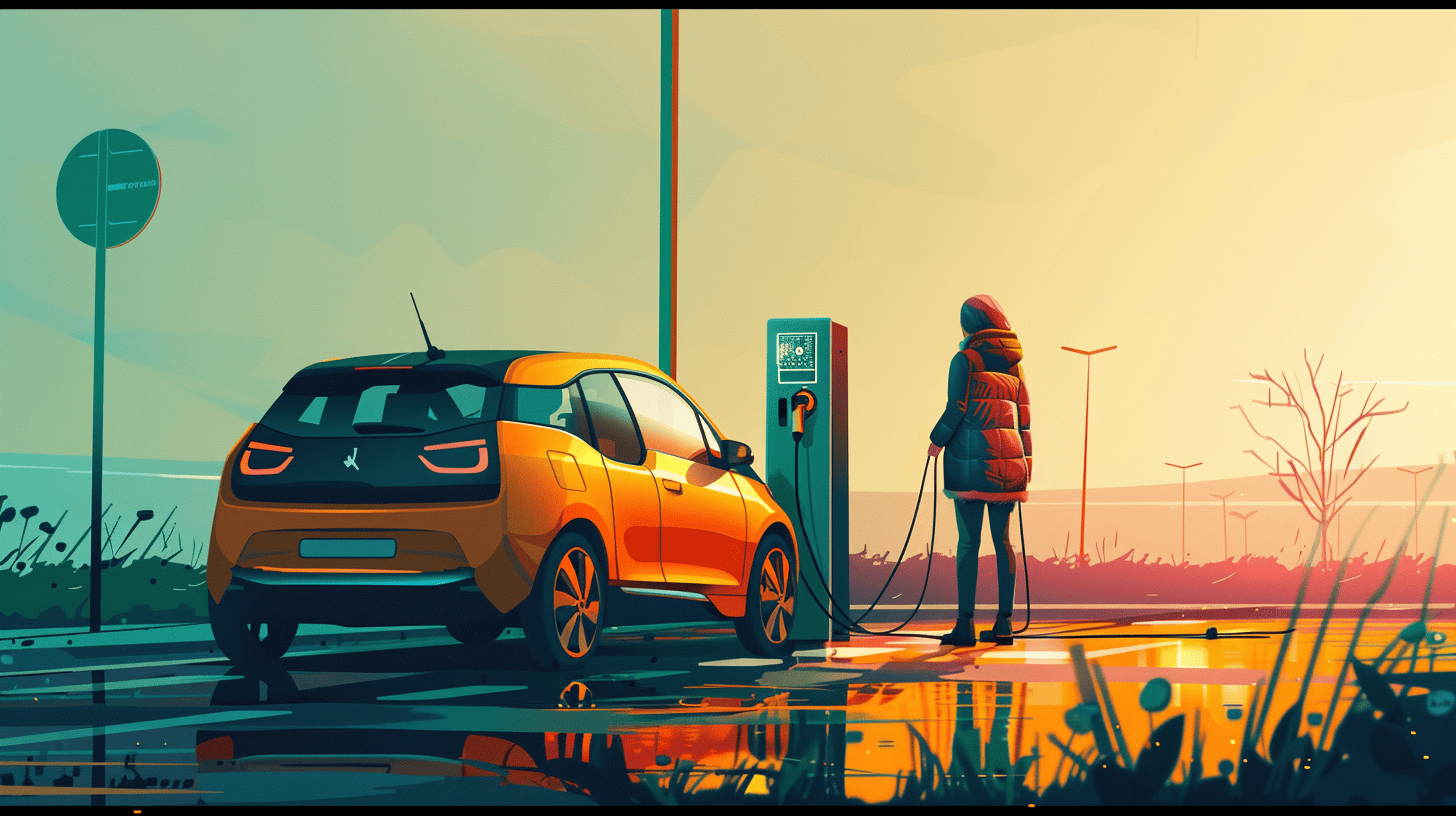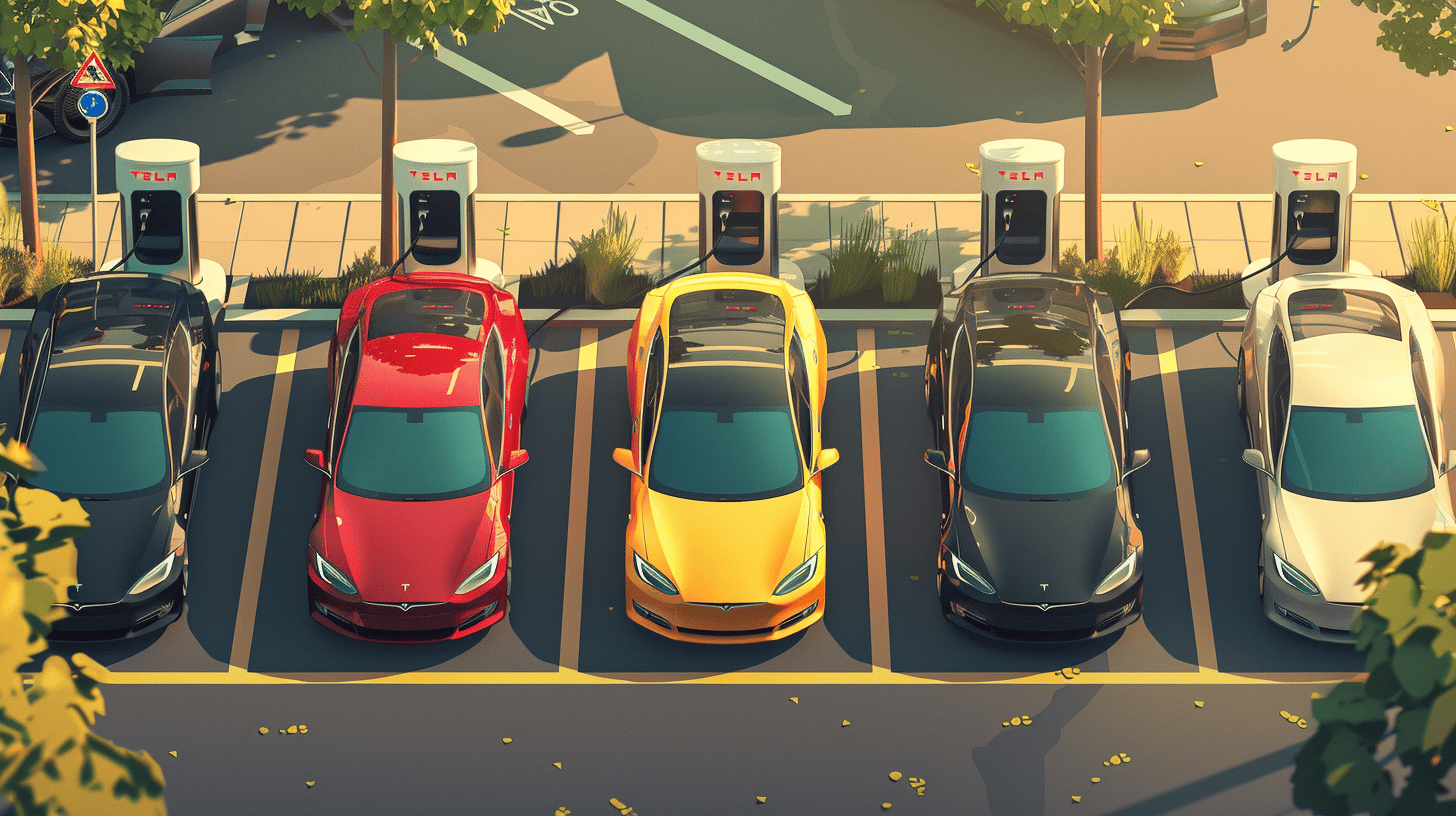
The car-sharing platform Amber opened new offices in the Innovation Powerhouse in Eindhoven’s Strijp-T district this week, using the occasion to celebrate its achievements over the 21 months since it was founded. These milestones include a fleet of 140 fully electric BMW i3 vehicles that service 2 200 active users, in nine cities in the Netherlands, and a team of over 50 employees.
Listen to the complete interview here (text continues underneath):
Powered for growth

The newly built office space matches the company’s industrial-sized ambitions: “Space here is amazing. It is in a former power plant, part of the historic Philips factory district, and really gives us the professional look that we are aiming for right now: We have moved on from being the cute little start-up,” says the twenty-three-year-old Amber CEO, Steven Nelemans. The office also happens to be located close to a train station, enabling employees to commute with ease – especially since car ownership is not an option for colleagues committed to sustainability.
It was this focus on sustainability that had driven Nelemans and two fellow engineering students at the TU/e to question the entrenched car-ownership model, in which most vehicles are used only an hour a day. With Hans de Penning (now CFO) and Joep Sloot (COO), “we were thinking that we needed to do something – not so much relating to the fuel that is put into the car, but on how to optimise the 23 hours in a day that the car is not being utilised. Many manufacturers are focusing on building electric vehicles, but the logical next step for them is still to sell the vehicles, and for the cars to be used in the same way that gasoline vehicles are used – in other words, for only an hour a day. There is so much to gain from those idle hours, and that is what we are focusing on.”
The three founders understood that thinking on a grand scale is the only way to have a meaningful impact: “You need to find a way to get sustainability into the market, in any market, and to do that in a commercial way so that you can implement it on a big scale”.
Building trust
The idea developed and was refined until the Amber team eventually settled on providing a car-sharing service (“sharing is the new owning”), targeting the neglected business market. It also became clear that reliability and convenience are essential in persuading car users to abandon the old mindset of car ownership: Amber’s success would depend on always having vehicles available at the booked times, on customers being able to drive the car as far as they want to go (even to neighbouring countries), and being able to park and leave the car when it is no longer needed.
Some fleet-footed optimisation is required each day to balance the guaranteed vehicle availability against the drive to maximise vehicle use. The Amber fleet has a utilisation rate of around 40%, which Nelemans says is much higher than what other car-sharing platforms have. “We are focusing on getting our customers to use the service as much as possible, and to trust Amber as their only mobility provider. Of course, we could get the utilisation rate higher, but that is a future plan”.
(text continues below the video)
(See also: A road trip of 1,500kms through the Netherlands in an all-electric Amber).
The Amber team is working on a number of plans for growth. These include wooing new investors in order to scale up nationally and in Western Europe, discussing with regulators the next ambition of using autonomous-driving capabilities to improve fleet availability and working with property developers on mobility solutions where parking space is at a premium.
(See also: Amber is adding e-bikes to its car-sharing platform).
Nelemans approaches the challenge with a quiet confidence, ready for the hard work ahead. “When I was young, I always dreamed of building things, and I really liked doing things that are impossible. It is also my biggest motivator when people tell me I can’t do something. When we started out with Amber, and everyone told us our plan was crazy and not possible, we thought: we will show them”.
Managing partnerships
A number of partners have helped the young engineers implement their crazy dreams. These include Merien ten Houten, who agreed to come on board as co-founder and to share his automotive-industry experience.
“One of the biggest contributions from our partners is the experience they bring, whether they are collaborators in investment, research or engineering. Basically, we started out as students with a very cool idea that we wanted to put into a business and make available on a very large scale. That is what we have been focusing on, and that is what those people have been helping us with. We collaborated with the TU/e and with Vention Technologies at the High Tech Campus. The Pala Group are also helping us, sharing their knowledge about the automotive industry and specifically about the mobility space for businesses; we had an investment round with them that closed a couple of months ago.
(See: From Frans to Vention)
(Read more about Amber on Innovation Origins).
That trajectory includes getting Amber to grow as far as possible. “There is still a lot to gain in the Netherlands, with many big companies who could be won as clients. Of course, we want to grow to be the biggest mobility provider in the Netherlands, and then in Europe, and then maybe the world. Who knows,” he says with a smile.









